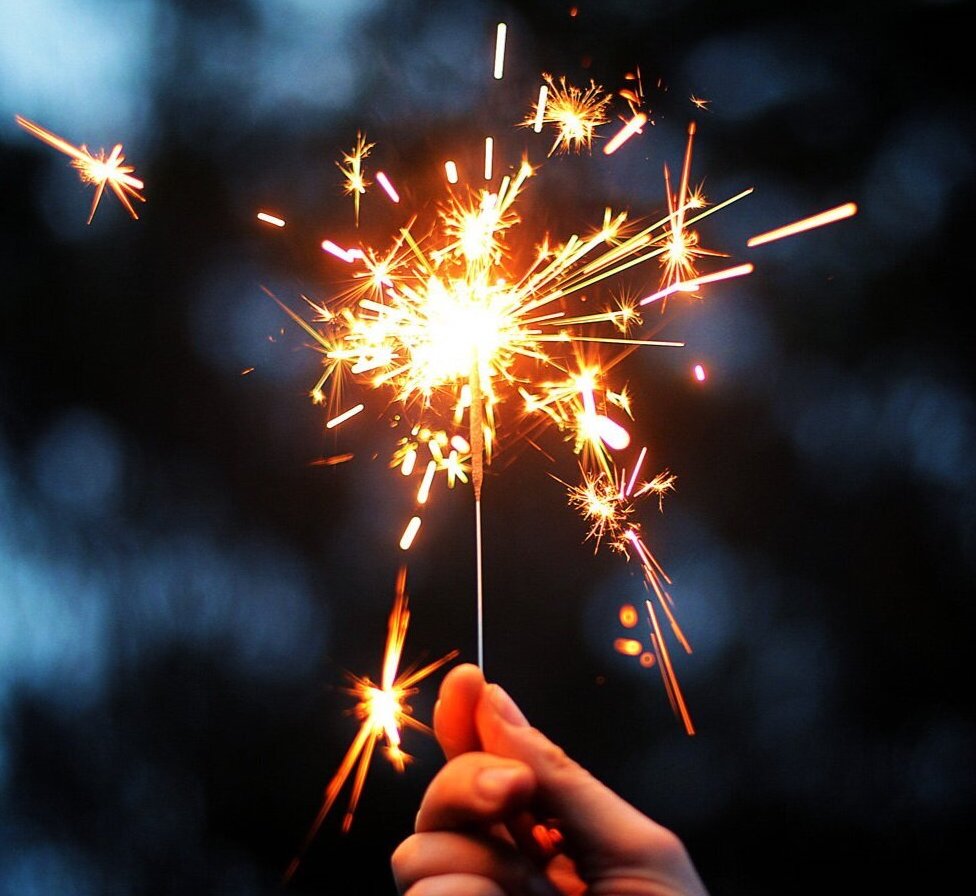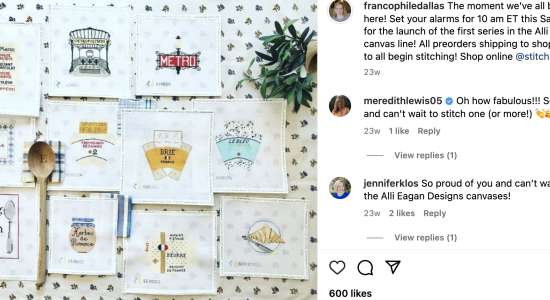
Our programming for the Spring 2023 semester was bookended by public talks that poignantly spoke to each other, reinforcing the two Women’s Center messages that matter most deeply to me: the necessity of finding your personal approach to activism and the crucial role self- and community-care play in our wellbeing.
In her recent book, The Lightmaker’s Manifesto, Karen Walrond encourages us all to become lightmakers. As she explains, “Any time you are led by your values to do purposeful action in the hopes of making the world brighter for other people,” you are making light for others. Driven by her conviction that there is no one way to change the world, Karen shares her concept of “spark statements,” “a declaration of what ignites you to do good and make light, in your work, in your community and in your world,” as a powerful compass to guide how you move through the world.
I’ve quoted Walrond’s wisdom often in the past year, so I was thrilled to begin the semester by hosting her as the Women’s Center’s 2023 MLK Community Celebration speaker. She said something that evening that I needed to hear without knowing I needed to hear it: she shared an insight from Valarie Kaur, one of the people she interviewed for the book, who said, “the truth is we are never ever going to see the success, the final success of our activism. We are never in our lifetimes going to see racism eradicated, the misogyny eradicated, [...] everybody has rights, and the earth is healed. Not in our lifetimes. [...] so, the point is not to get there; the point is to take the baton.” Karen emphasized for us in the audience: “or the torch, let’s stay with the light metaphor, right: we take the torch from the person running behind us and then we run our distance and we hand it off to the people next to us. The point is to find longevity in the work.”
In all the facets of our work, the Women’s Center calls for justice and healing, committed to amplifying a diverse range of voices, envisioning the day when everyone can flourish. We know the power – and necessity – of passing on the torch. Part of that flourishing is a deep-rooted sense of joy. When I opened the slides Karen sent us in advance of her talk, I was struck by two things. The sparkler on her opening slide immediately lifted my spirit. And it prompted the thought, “She’s helping us reclaim the light” with an image of fire that stands as the antithesis of 2017’s tiki torches. In preparation for Karen’s visit, Jaronda and I talked to her about this image and how it might land for our community. While I think she might have changed it if we asked her to, I saw the deep value in reclaiming the torch as a symbol of light and wisdom, the ways our community needed to hear the call to “spark joy.”
The call to “spark joy” can feel challenging in the middle of the demands of daily life, so I offer this brief Headspace meditation with the invitation to give yourself 4 minutes to engage with the question, “What brings you joy?”
We ended the spring by hosting a Reunions weekend talk with alumna Alli Eagan (Col ’03) who shared her love of needlepoint – and the role it played in her time at UVA – and her experience building community through Instagram. By sharing how needlepoint was her stress-relief during her undergraduate years, with stitching a deeply needed break from writing academic papers, Alli reinforced the importance of self-care and finding joy in everyday routines.
I’m bothered when I hear craft traditions and other activities that bring us joy criticized as escapist denials of the crises we face. In a recent article, David von Drehle articulated the problem with such a careless dismissal of the role these activities play. He writes, “The news calls us to think constantly on a very large scale about problems to which no individual holds the key. And to feel jejune if we slip from that lofty, arid plane to delight in something here and now. Joy is becoming countercultural; in fashion instead is a heavy coat of doom.” But cloaked in this coat of doom is no way to live – and it easily becomes a rusted Tin Man’s suit that paralyzes us, preventing us from making the contributions to solving those problems that we’re called to make. As von Drehle advocates, “It stands to reason — doesn’t it? — that the answer is not greater and greater attention to more and more crises. It is more time spent by each of us on the nurture of joy and the cultivation of hope.” We are grateful to Alli for sharing her time and talents with us in pursuit of joy and hope.
And we always love the opportunity to celebrate cool accomplishments of our alums, including launching their own needlepoint canvas line!
In January, I had a meeting with one of my UVA mentors to get her advice on some professional growth questions I was mulling over. As most good mentors do, she listened much more than she talked, and rather than offering specific pieces of advice, she asked a pointed question: what are your brains telling you?” I must have looked slightly quizzical at the plural “brains,” because she described how neuroscience recognizes three brains. As this Forbes article explains,
Each brain has a number of functions that it serves better than the others. Our cephalic brain is great for thinking, cognitive perception and making meaning of things; at its best, it is the seat of creativity. Our heart brain is meant to take the lead on emotional processing, on values and on our connection with others; at its best, it is the source of passion and compassion. And our gut brain is designed to focus on our sense of self, on self-preservation and mobilization; at its best, it is the root of courage.
This made complete sense, and she repeated the question: “What are your brains telling you?” and the answer immediately flooded through my body, “It’s time to go home.”
My husband and I moved to Indiana 8 months after we got married, and we never planned to spend the first two decades of our marriage so far from family and home, first in the Midwest and then in the South. Such is the reality of academic life. I’ve written elsewhere about the trust I place in music. Billy Joel’s “You’re my Home” has always had a prominent place in our family’s soundtrack. In April, we took a multi-generational trip with my siblings and their families to celebrate our parents’ 50th wedding anniversary, just the third time ever that all 14 of us have been able to gather together. While we were away, Anne Helen Peterson’s “Culture Study” arrived in my inbox, asking why we don’t live closer to friends. And I remembered the voice that surged through me months earlier: “it’s time to go home.”
And so, when the opportunity arose for me to pursue a position at Colgate University, I did.
Work remains to be done for women’s issues and gender equity, for social justice (and I hope to have time to write one more Palko POV on that point). But if any of us convince ourselves we’re the only person who can do the work, we’re fooling ourselves, setting ourselves up for burnout, depriving the movement of a diversity of voices and perspectives to advance inclusive values – and depriving others the opportunity to contribute their passions and talents. The moment comes for each of us when it’s time to pass the baton.
The work to build a more just society, where everyone knows themselves to be welcome and valued, where everyone can flourish because they know they belong, takes many forms. I am excited to embark on my next professional endeavor, building an intellectual community and nurturing the sense of belonging that today’s university students so deeply crave. I will miss my Charlottesville colleagues, students, and friends – and I will watch to see how each of us continue to bloom where we are (trans)planted.
Sparkler photo courtesy of Karen Walrond


